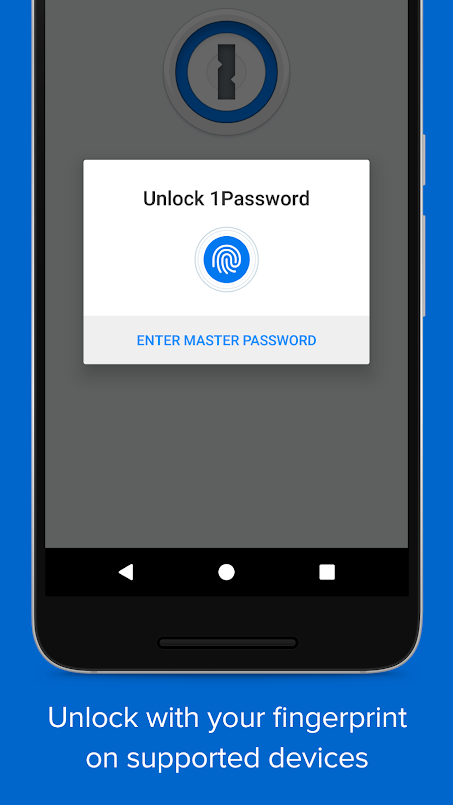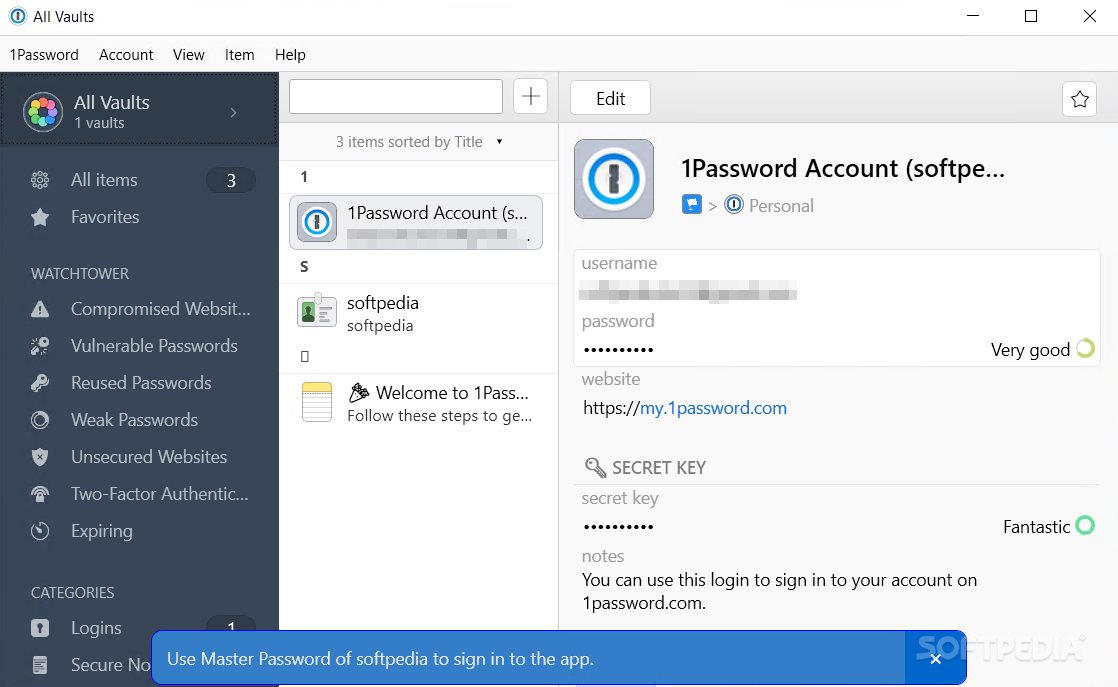

- #Adding 1 password vault to 1password teams install
- #Adding 1 password vault to 1password teams update
- #Adding 1 password vault to 1password teams full
- #Adding 1 password vault to 1password teams code
- #Adding 1 password vault to 1password teams windows

The primary command/cmdlet that you will use after configuration is Invoke-1PasswordExpression. Set-1PasswordConfiguration -Vault $account.domain -SignInAddress $1PSignInAddress -SignInAccount $1PSignInAccount -SecretKey $1PSecretKey -MasterPassword $1PMasterPassword -Default Using the 1Pwd Module It will automatically be retrieved and a session created when the module loads. When saving a configuration, you can use the -default switch to specify that it is the default configuration.
#Adding 1 password vault to 1password teams windows
Having successfully provided and validated your credentials the Set-1PasswordConfiguration cmdlet will securely store the configuration in the logged in users local Windows Profile. $account = Test-1PasswordCredentials -SignInAddress $1PSignInAddress -SignInAccount $1PSignInAccount -SecretKey $1PSecretKey -MasterPassword $1PMasterPassword Save 1Pwd Module Configuration Using the information input above the Test-1PasswordCredentials cmdlet is used to validate them and return your account details. $1PMasterPassword = Read-Host "Enter your 1Password Master Password" -AsSecureString Get 1Password Account Details $1PSignInAccount = Read-Host "Enter your 1Password SecretKey" -AsSecureString You will be prompted to securely input your Secret Key and Master Password.
#Adding 1 password vault to 1password teams update
Update the following with your Sign-In Address and Sign-In Account (Email Address) retrieved above. It can only be opened and the Secret Key and Master Password read using the same account on the same computer. This will create the secure configuration under your Windows Profile for the logged in user on computer it was executed on. To create a secure profile for use with the 1Pwd Module execute the following PowerShell commands with the user account on the computer that you will be using to retrieve/set 1Password Vault items. Or if you aren’t using the local Windows client you can get the information from your online vault after signing in. You can get the rest of the required information from a local installation as shown below. The Master Password is the password you type in to open your vault. You will need the Sign-In address, Email address, Secret Key and Master Password associated with your Vault. Invoke-1PasswordExpression "-version" ConfigurationĬonfiguration involves creating a profile with the authentication information for a 1Password online Vault. If you haven’t setup credentials yet you will also receive a message to that effect. Test the 1Password CLI is accessible by running the following command that will return the 1Password CLI version.
#Adding 1 password vault to 1password teams install
Install from the PowerShell Gallery on Windows PowerShell 5.1+ or PowerShell Core 6.x or PowerShell. Install it in your system path or in the same directory as the scripts you’ll be running that will use this 1Pwd PowerShell Module.Your Master Password that you use for accessing your 1Password Vault.
#Adding 1 password vault to 1password teams code
#Adding 1 password vault to 1password teams full
My 1Pwd PowerShell Module is a wrapper for the 1Password CLI that allows full use of 1Password with PowerShell.


 0 kommentar(er)
0 kommentar(er)
